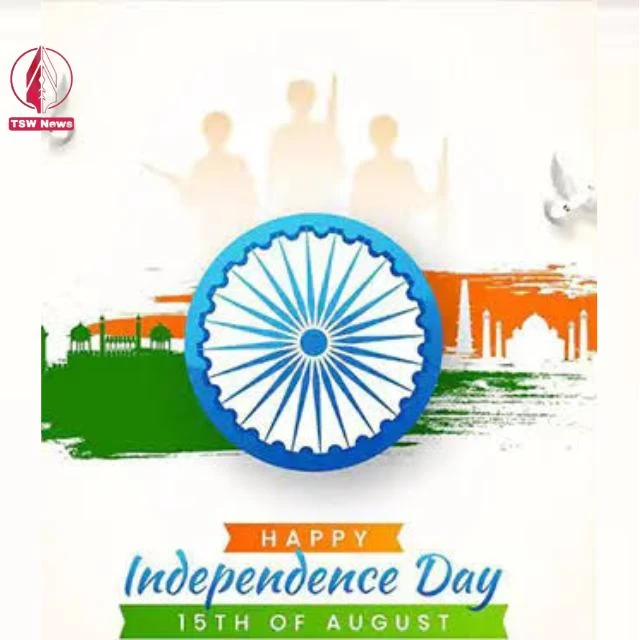Evolution of Cricket in India: Live The Journey From Parsi Pioneers to World Champions
- Posted on August 12, 2023
- News
- By Bishal kalita
- 267 Views

If I ask you about the best love stories you have ever come
across, what would be your top 3 picks? Did you pick Paris and Helen, Dante and
Beatrice, David and Victoria Beckham, or some of your school friends? There's
nothing wrong in picking these wonderful people and even more amazing stories
they have curated, but what if I tell you there's a somewhat similar (maybe
more profound) love story brewing in India for the past 100 years or so?
The story is about 22 people holding 2 wooden sticks and a ball
ready to give their lives on the playground if needed. The story is about
Cricket and its immense love affair with India!
To simply term cricket and India as a love affair wouldn't do
justice to the game and the people of this country. Given the evolution of the
game in India and the way netizens managed to find themselves alive among the
11 players representing the nation, cricket has transcended beyond being just a
game and has established itself as a Religion.
Cricketers aren't just ordinary sportsmen in India but are
worshiped as divine entities. Every match is treated as the Battle of
Thermopylae, where nothing more than a win is expected and accepted by the
people of the country.
But how did a game played only by the nobles and the elites of
the society gain such a massive following in a country like India, where the
majority are commoners with a broad spectrum of caste, creed, and religion?
There's a common saying that to understand the present, we will have to understand the past, and cricket is no different. To understand how we became the number 1 cricketing side in the world in recent times, we will have to open the pages from history books and look at it (Argh, history is back). Let's dive in.

Pre-Independence India: Where it All Started!
1983 has to be the defining year in Indian cricket history, but
the seeds were sowed way back. Back before we were independent and under the
control of the British Raj.
The initial signs of cricket being played in India trace back to
the early 18th century. However, these matches were mostly played among the
British soldiers in different parts of the country.
The 19th century saw the participation of Indian communities in
the game of cricket, most notable were the Parsi community. Interestingly, the
Parsis were the first Indian community to play Cricket and formed the Oriental
Cricket Club in Bombay in the year 1848. It marked a significant milestone, and
Indians never looked back after this.
In 1911, amidst the heightened tensions and violence of the
freedom struggle, a team was formed comprising members from different religious
and ethnic backgrounds. It was the first all-Indian team to tour England, and
although the team faced defeat, it marked an important event in the history of
the game in India.
The team was famous for having members from the Parsi, Hindu,
and Muslim communities. Moreover, they also included the Dalit brothers,
Shivram and Baloo (also called the Palwankar Brothers), which was a commendable
step back in the day. The inclusivity not only helped compile a team that would
inspire the upcoming stars of the game but also ignited a sense of brotherhood
among the rest of the revolutionaries in India.
After a few more years, the Ranji trophy, the most coveted
domestic tournament in India, was introduced to honor Sir Ranjitsinhji Vibhaji,
the Father of Indian cricket. He was the ruler of Nawanagar but was widely
popular for his batting exploits.
India also became a member of the "elite club" in 1932, joining the likes of Australia, England, and the West Indies, to name a few. It also meant that India would play their first-ever test match in the year 1932 against the English national team.

Pre-Independence India: The Era of Exponential Growth
The good work done by the renowned personalities in the
pre-independence era was only forwarded and taken to new levels during the
post-independence times. The gentleman's game found new meaning among the bourgeois and the elite classes, be it
the young folks or the veterans, post-1947.
India tasted its first victory in the test format in 1952,
defeating its colonial rulers (now gone) England. The same year, India also
defeated Pakistan, the newly formed territory, on home soil by a margin of 2-1
in the 5-test series.
The developments at the grassroots level would continue as the
players showcased their talent and skills on global platforms. Various national
tournaments, such as the Duleep Trophy, Irani Trophy, and Deodhar Trophy, were
introduced to develop and nurture the cricketing talents within the country.
After the introduction of the One-day format in 1971 and the
resultant ODI World Cup, India went on to win the 3rd edition in 1983 under the
visionary leadership of Kapil Dev. This win solidified India's dominance in the
world of cricket and laid all the doubts and questions about their cricketing
abilities to bed.
Fast forward to 2023, the 77th year of Independence, India has
registered itself as a global powerhouse in the cricketing world. The country
has produced some magnificent gems in the game in the past decades (not gonna
name every one of them, or it will take another article), who have performed at
the bigger stages, won the biggest prizes, and most importantly, left a legacy
in the hearts of every cricket fan worldwide.
Cricket has become a symbol of National pride, uniting various
sections of the society under one roof. The turn of the century has brought new
success for the Indian cricket team and its fans, particularly the win at the
inaugural 20-overs World Cup in 2007, the introduction of IPL in 2008, and
bringing home the 2011 ODI World Cup after waiting for 28 long years.
India currently is the top-ranking team in the T20 and Test
formats and 3rd on the ODI rankings. The team won major ICC events and series
abroad, apart from the 50 and 20-over World Cups, respectively. The evolution
of cricket in India from its rudimentary forms in colonial times to becoming a
global leader in the 21st century has been an awe-inspiring process.
However, this couldn't have been possible if our visionary
leaders had never taken the step 100 years ago. On the eve of the 77th
Independence Day, it is imperative to sink into the timeline and feel proud to
be an Indian.
For more updates keep visiting our
website www.topstoriesworld.com where we provide unbiased, true and top
stories of the world.




